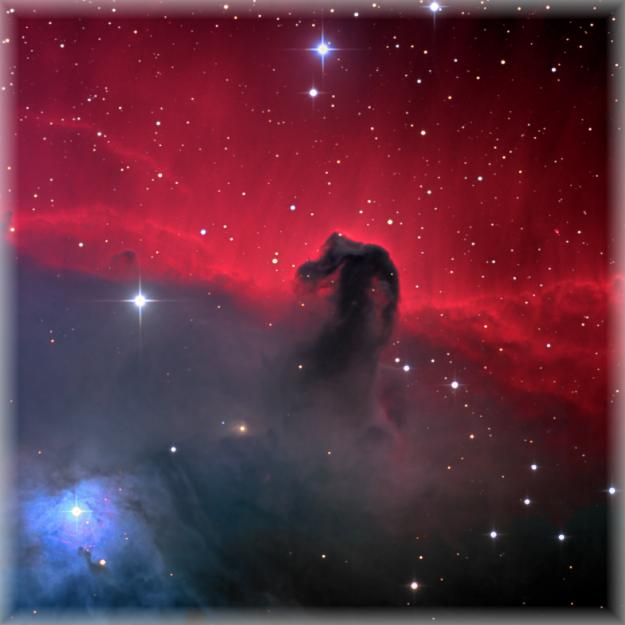CITSO Blog: A long time spent, waiting to capture ...
The Horsehead Nebula in Orion
Imaged New Years' Eve 2010
Click the image for the high resolution version!
Cover & January images for the special
SkyNews 100th edition 2012 calendar!
A long time spent, waiting to capture the Horsehead
(An essay)
When I was in my first period of deep immersion in all things astronomical, from my last grade of elementary school, through my high school years in 1970s vintage Montréal, I collected astronomical postcards from the Dow Planetarium, located near the city’s downtown core. Each postcard was adorned with a reproduction of a photograph of a celestial object taken at a big observatory. After each visit to the Dow, I would head home by Métro and bus, all the while admiring my newest postcard. I collected images from every category, favouring portraits from deep space. I taped the postcards all over my bedroom wall, so as to immerse myself in their imagery.
The continuing presence of those pictures in my room, and in my imagination, encouraged me to hunt for those celestial marvels that I might see in my own telescope, and to dream about what it might be like to actually be in and a part of those vistas from deepest space. No object was more mysterious and intoxicating to me than the Horsehead Nebula. I cannot remember which observatory that particular rendition came from, but the desire to “experience” the Horsehead first-hand never waned.
Flash forward into marriage and parenthood (and through other, lesser highlights, not all of the latter welcome, to be sure), to last December. It was my family’s first winter at our “Cabin in the Sky”, our new vacation home in the South Okanagan region of British Columbia. We had the last two weeks of the month and the first few days of the New Year to take in the beauty of the rural winter.
But I found it hard to pull myself away from thoughts of the Horsehead. This is a very difficult object to see at all when eyeballing through even a large telescope, but by this time I was fully into my second period of deep immersion in astronomy, and taking my own deep sky images is obsession #1. In fact, this obsession is what led my family to make such a complete rearrangement of our lifestyles (a story in itself), that our rural getaway, our piece of big-sky country, now defines all four of us, including our gentle-soul of a dog Suzie.
My new astronomical gear is an ensemble intended first and foremost for deep-sky imaging, and is at the ready in a roll-off roof observatory. By certain providences, this is wish fulfillment at its fullest. The equipment was fully calibrated and a joy to operate after a thrilling spring and summer working my way up its learning curve. Our skies are deep and dark, and were remarkably dry that December, despite the four feet of snow that already lay on the ground. So this winter vacation would be the culmination of my long wait. All I wanted was one night. OK, maybe two.
Months beforehand, my wife Loula and I had bought tickets to a New Year’s Eve party that would be held in the nearest village, an annual event for locals, mostly cattle farmers, from around our sparsely populated rural neighborhood. We were looking forward to the opportunity to get to know more of our very welcoming neighbors. I had insisted that my mother-in law Georgia (who would be visiting from Montreal) would come with us to the party, despite her insistence that we have that evening to ourselves. So we had bought four tickets, just in case our teenager of a son, Alexandre, would give in too. Suzie would wait for us at the Cabin.
December 31 arrived as the first clear day of our entire vacation. Clear Sky Chart called for good skies for the whole night. Cloud was to return New Years’ Day.
What a fix.
As the hours past under those deep blue skies, Loula allowed a remarkable indulgence to take shape.
Thus did I spend New Year’s Eve pursuing the Horsehead, my family in the house while, at some considerable distance and out of earshot, I worked in the heavily insulated warm room of the observatory. On the inside of my tiny room, tucked in the north-west corner of the observatory, a small heater generated comfort while having essentially no impact on the conditions outside. For hours my telescope faithfully followed the Horsehead, so close to the warm room that I could hear the clicking of the autoguider relays through the door, the temperature outside holding at -18C. From the first moment in the observatory, I was intent on every aspect of the telescope operation and image capture, especially a meridian flip that seemed to go on forever in the bitter cold while I worried about the gears and motors.
I downloaded a series of 10-minute frames, in luminance, red, green, blue, and Hydrogen-alpha filters. Each frame brought another powerful rush. I stood behind the telescope while it tracked, staring up the tube at Alnitak, fusing those frames from the warm room into that awesome scene in the cold.
And so it happened that I did not look at the time until just before 2AM. What?! I had missed midnight with my family on New Years’ Eve.
I ran down and into the house. Everyone was asleep, including my night-owl son. The sparkling wine was in the fridge, unopened. Suzie looked up at me from her basket. Another fix. And another remarkable indulgence, affirmed the next morning.
It would take a few more weeks to complete the experience. Finally, far from our rural getaway, and after working the raw frames to extract every bit of it that I could, I reached the end of a long time spent, waiting to capture the Horsehead.
Horeshead Nebula in Orion, New Years' Eve 2010.
L=60 minutes (1x1), R=30m, G=30m, B=30m, Ha=30m (2x2). Subs=10m.
Telescope=PlaneWave CDK17, Camera=SBIG STL-4020M, Mount=Paramount ME.
PlaneWave focal reducer (f/4.5). Baader filters.
Frames acquired with TheSky 6, MaxIm DL, and Focusmax.
Processed with CCDWare, CCDSharp, MaxIm DL, and Photoshop CS5.
Processing details: When I set out to process this image, I didn't think much would come of it, since I only had 3 raw frames in each of the 4 colour channels, and just 3 hours of total exposure. There was of course no choice but to do a straight median combine in the colour channels, and to clean up a bunch of hot pixels and cosmic ray tracks using clonestamp. Happily, the signal to noise was generally very strong, owing to the relative brightness of the Horsehead. I blended the Ha with both the R and L frames to try to get a "natural" color with added depth in the emission nebula, and worked very hard to bring out as much of the dusty cloud at the bottom of the frame as I could.


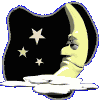


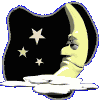






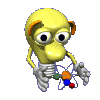




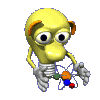












Copyright © 2014 Howard Trottier






